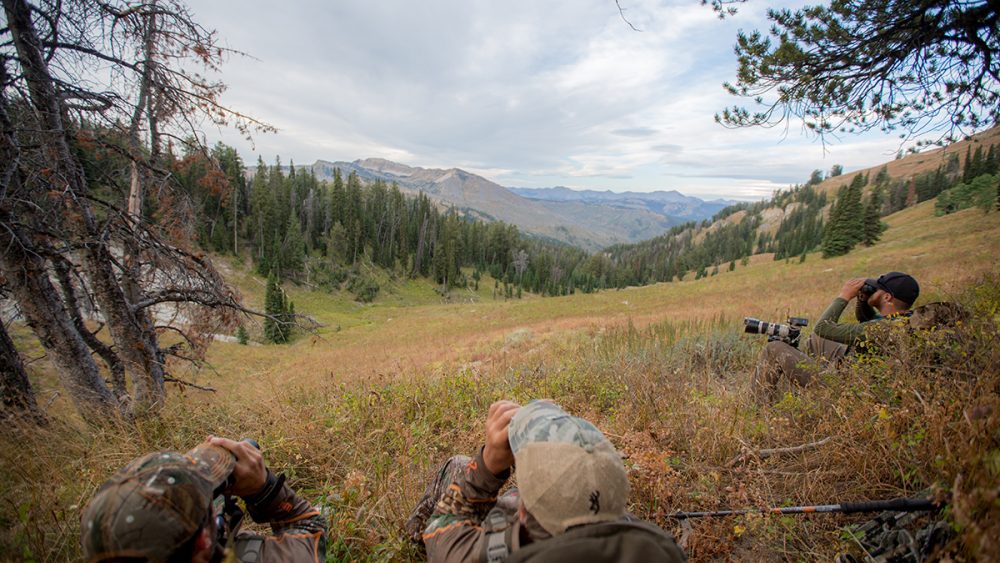Introduction
When it comes to planning a successful hunt, having the right tools and resources can make all the difference between a fruitful outing and a missed opportunity. Among the most invaluable tools for any hunter is a hunting map. Whether you’re heading into the woods for a deer hunt, scouting for elk, or pursuing waterfowl, a hunting map is an essential resource that can provide you with the knowledge and insight needed to succeed.
In this article, we will explore why hunting maps are a critical component of any hunting strategy, how to use them effectively, and how they can be a game-changer in your pursuit of a successful hunt.
1. Understanding Hunting Maps: More Than Just Terrain
At first glance, hunting maps may seem like a simple tool for navigating terrain, but they are much more than that. A hunting map is a detailed representation of the landscape that includes key features like topography, water sources, vegetation types, and boundaries. More importantly, these maps often incorporate information that is tailored to hunters, such as:
- Public vs. Private Land Boundaries: Knowing where hunting is allowed is crucial for avoiding trespassing.
- Hunting Zones: Different regions may have specific regulations regarding hunting seasons, bag limits, and legal methods of take.
- Topographic Features: Elevation changes, ridgelines, valleys, and rivers can indicate where animals are likely to travel or bed down.
- Wildlife Habitat: Hunting maps can show areas of dense vegetation, feeding grounds, and migration paths, which can help you predict where animals will be.
Using a hunting map effectively means understanding how to read these features and apply them to your hunting strategy.
2. Why Hunting Maps Are Essential for a Successful Hunt
A. Planning Your Hunt with Precision
One of the primary benefits of a hunting map is its ability to help hunters plan their outings with precision. Instead of blindly wandering into the woods, a map allows you to scout areas from the comfort of your home or campsite. Knowing the lay of the land before you even leave can save you time, energy, and frustration.
- Route Planning: You can identify entry and exit points, avoiding obstacles and ensuring you don’t accidentally spook game by traveling through high-traffic areas.
- Stand Placement: Maps help in selecting the best spots for tree stands, ground blinds, or natural hunting overlooks. By marking areas of high traffic or food sources, you can position yourself where animals are most likely to pass.
- Weather Patterns: Elevation, water sources, and vegetation type all influence local weather patterns. Understanding these factors can help you predict animal behavior in different conditions.
B. Navigating Difficult Terrain
Hunting often takes place in rugged, difficult-to-navigate terrain. Whether you’re hiking up steep hills, crossing creeks, or trekking through dense forests, navigating can become a challenge. A detailed hunting map, often combined with a GPS or smartphone app, can be a lifesaver in these situations.
- Topographical Maps: Topographic features such as ridgelines, valleys, and hillsides can help you navigate through unfamiliar areas and understand the lay of the land.
- Landmarks and Boundaries: Identifying key landmarks like streams, roads, or rock formations can help you stay on track. Additionally, knowing where private property lines are located will ensure you don’t accidentally cross onto unauthorized land.
C. Locating Wildlife
One of the biggest advantages of using a hunting map is the ability to predict where animals are most likely to be based on terrain features. Animals, especially big game like deer, elk, and moose, follow predictable patterns when it comes to feeding, drinking, and bedding. By studying the map and identifying features that attract wildlife, you can increase your chances of encountering game.
- Water Sources: Animals, particularly in dry areas, will often travel to water sources like streams, ponds, or rivers. A map will help you identify the location of these water sources so you can plan your hunt around them.
- Food Sources: Areas of dense vegetation, crop fields, and acorn-rich forests are prime feeding grounds for various species. Understanding where these sources are located allows you to position yourself strategically.
- Migration Routes: Animals, especially larger game like elk and mule deer, often follow specific migration routes. A map with hunting-specific data will often highlight these routes, giving you a leg up on your hunt.
3. Types of Hunting Maps
There are several types of hunting maps available, each designed for different purposes. Choosing the right one will depend on your hunting goals, location, and personal preferences. Here are the most common types:
A. Topographic Maps
Topographic maps are highly detailed and show the elevation, contours, and natural features of the land. They are incredibly useful for understanding how the land slopes and where animals are likely to travel.
- Best for: Long-distance hunts in mountainous or rugged terrain, and identifying areas of potential cover for game.
B. Aerial and Satellite Maps
These maps provide bird’s-eye views of the land, showing you the layout of the land in greater detail. They often highlight forested areas, open meadows, and even trails, making them ideal for scouting from above.
- Best for: Scouting areas before physically entering the hunt zone and understanding the large-scale terrain.
C. Public Land Maps
Public land maps are essential for hunters looking to hunt on federal, state, or other public lands. These maps show exactly where public lands are located, along with regulations regarding hunting seasons and permitted activities.
- Best for: Hunters looking to access government-owned hunting areas or unfamiliar zones with clear property boundaries.
D. Interactive Hunting Maps and Apps
With the rise of smartphone technology, hunting apps and interactive maps have become increasingly popular. These digital maps can be easily updated in real-time, allowing hunters to plan routes, mark locations, and track their movements as they hunt.
- Best for: Tech-savvy hunters who prefer digital solutions, or those who need real-time navigation assistance during a hunt.
4. How to Use a Hunting Map Effectively
Now that we’ve covered the importance of hunting maps, let’s dive into how you can use them effectively on your hunt.
A. Scout Before the Hunt
Use maps to scout your hunting area from home. Identify likely feeding grounds, water sources, and potential bedding areas. Once you’ve marked these locations, look for patterns in animal movement. If possible, use trail cameras to gather data and confirm your predictions.
B. Mark Key Locations
Use your map to mark critical locations such as your hunting stand or blind, game trails, and landmarks. If you’re using a digital map, take advantage of features that allow you to drop pins or markers at specific locations. If you’re using paper maps, take notes on the edges of the map or on a separate sheet of paper.
C. Plan for Emergencies
A well-prepared hunter knows that accidents happen. In addition to marking your hunting locations, mark emergency exit points, nearby roads, and safe zones. Having an understanding of your surroundings can help you stay safe if something goes wrong.
D. Stay Flexible
While maps are excellent for planning, be prepared for the unexpected. Weather, animal movement, and hunting pressure can all cause your plans to change. Use your map as a guide, but don’t be afraid to adjust on the fly based on new information.
5. Conclusion: The Backbone of a Successful Hunt
In summary, a hunting map is an indispensable tool for any hunter looking to increase their chances of success. By providing valuable information about terrain, wildlife behavior, and access points, hunting maps give you a strategic advantage before and during your hunt. Whether you’re using paper maps or digital tools, having a good hunting map in hand allows you to make more informed decisions, stay on track, and ultimately increase your odds of bagging that trophy.
As you continue to refine your hunting skills, make sure that a high-quality map is part of your hunting arsenal. It is, after all, the backbone of a successful hunt. Happy hunting!


